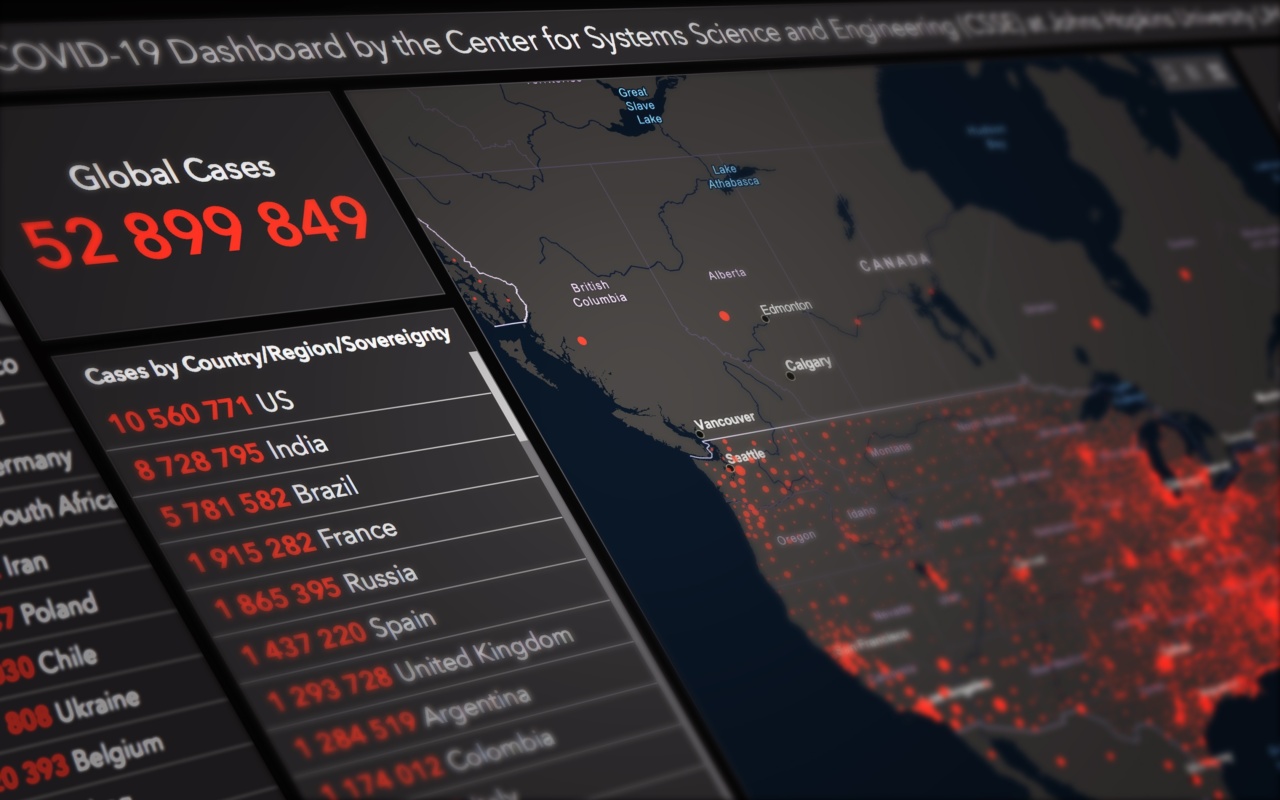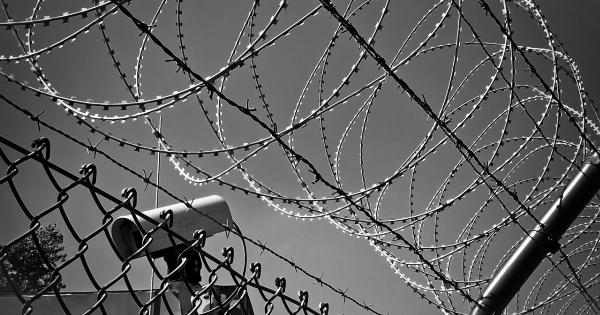Since its outbreak in Wuhan, China, in December 2019, the coronavirus pandemic has affected millions of people worldwide.
Analyses of human feces and wastewater have revealed that the virus can be detected in sewage systems, which has led to the use of sewage monitoring as a valuable tool in tracking the spread of COVID-19. Constant monitoring of pandemic spread through sewage analysis has been widely used globally since the start of the pandemic and has proven to be an effective method in predicting infection rates and containing the spread of the virus.
Potential of Sewage Monitoring
Sewage monitoring provides a non-invasive and relatively low-cost surveillance method for detecting infectious diseases.
Since the virus can be detected in a patient’s feces or wastewater before they show symptoms, it can help in identifying hotspots and potential outbreaks before it is too late. Sewage monitoring can help local authorities predict and prevent the spread of infection, inform the community of potential exposure, and identify areas that may require more attention in terms of quarantine, testing, and vaccination.
How Sewage Monitoring Works
As the community’s sanitation is carried out, wastewater and sewage are directed into a treatment facility. Here, samples of wastewater can be taken and tested for the presence of viruses.
The sample wastewater is then processed and analyzed for the presence of genetic material of the virus using Polymerase Chain Reaction (PCR) technology. By monitoring wastewater, it is possible to check the presence of a virus and track the prevalence of the disease in the community.
The Benefits of Sewage Monitoring in Fighting Pandemics
Sewage monitoring is a less expensive alternative to testing individuals for the virus. Furthermore, it has a broader reach and can detect infections before symptoms appear.
This method of virus detection has been used in the past to track and monitor other infectious diseases such as polio, measles, and hepatitis A. Additionally, sewage monitoring can detect the presence of new strains of the virus as they emerge within the community.
Sewage Monitoring Implementation
Sewage monitoring requires a significant amount of coordination among local authorities, water treatment facilities, and public health officials.
The COVID-19 pandemic has presented unprecedented challenges to the existing sewerage infrastructure and has highlighted the need for improved surveillance, diagnosis, and containment of infectious diseases. Governments worldwide have adopted sewage monitoring to help track pandemic spread and prioritize public health measures to contain its spread.
The implementation of sewage monitoring has had varying success rates depending on factors such as geographic location, population size, and governmental support.
However, the benefits of sewage monitoring cannot be ignored, especially in areas that lack the resources to test their entire population. Identification of viral concentration in sewage, changes in concentration over time, patterns in concentration can be valuable information in the battle against the pandemic.
Challenges of Sewage Monitoring
Though sewage monitoring has had its benefits, implementation of this monitoring technique was challenging initially.
Coordination of multiple agencies has to consider the acceptance of the community to allow sewage monitoring and put processes into place to ensure safe handling of samples taken, ensuring that samples collected are representative of a community, as well as archiving of samples for further analysis as required. There is a need for COVID-19 testing to be accredited and approved to ensure compliance with local regulations and international standards and the knowledge and resources to properly process these samples.
Conclusion
COVID-19 pandemic has taught us valuable lessons, one of which is the importance of constant monitoring of pandemic spread through sewage analysis.
Besides its efficiency in detecting and tracking infectious diseases, sewage monitoring is also a cost-effective surveillance method that can help authorities prioritize their public health measures. Though there are still challenges associated with sewage monitoring, advances in technology and increased awareness of its benefits will make it an increasingly reliable tool to rely on during pandemics.





























